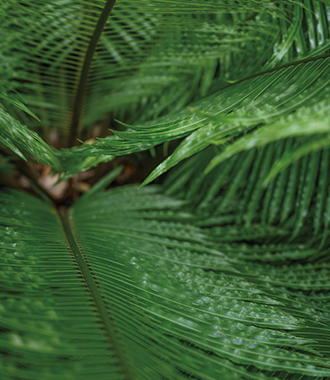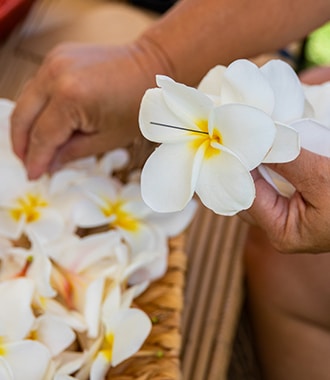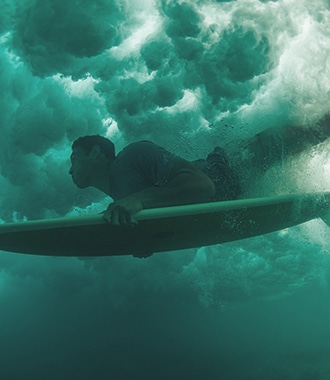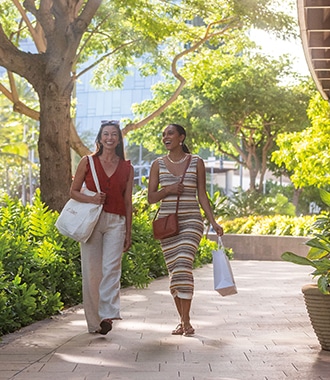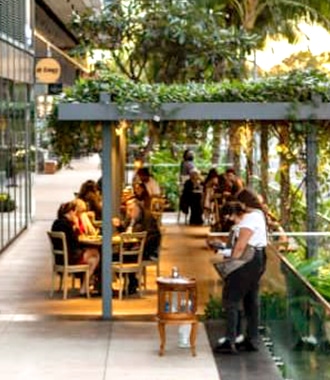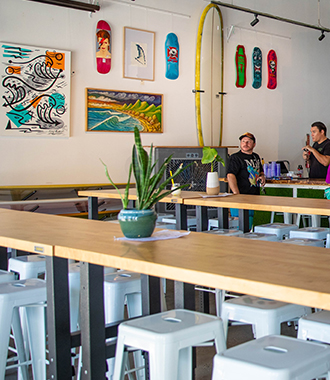These Treasured Trees
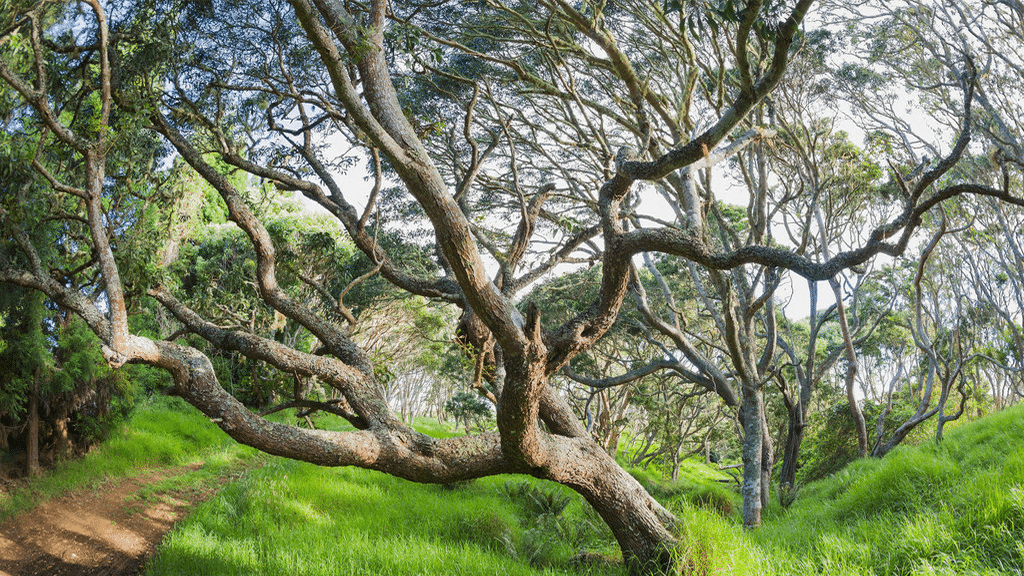
Long before Polynesians first set foot on Hawaiian shorelines, koa trees dominated the tropical rainforests of the Islands.
Birds and insects made their homes on these giants, and delicate ferns, along with other native plants, nestled at their feet. The arriving Polynesians discovered that these towering trees held many uses: Their leaves were said to induce sleep and reduce cramps, and the trunks were used to build canoes, paddles, household goods, and weapons. The tree was named koa, or “warrior” in Hawaiian.
In the 18th century, King Kamehameha I armed his warriors with lei o mano, clubs made of koa wood and studded with sharks’ teeth, on his great quest to conquer and unite the Hawaiian Islands. After waging a successful campaign and creating the kingdom, Kamehameha kept his own private reserve of his favorite trees in the northwest region of Hawai’i Island, known as ‘Umikoa.
In the early 1790s, Kamehameha received a gift of cattle from Captain George Vancouver, who recommended that Kamehameha place a kapu, or restriction, on hunting the cattle, so that they could reproduce. Koa, a member of the legume family, proved defenseless against the rapidly growing cattle population, which fed on the young shoots of the trees. By the time the kapu was lifted in 1830, koa trees on Hawai’i Island were already decimated.
Fast-forward more than a century to a young boat craftsman named Jon Martin, hailing from Galveston, Texas, arriving in Hawai’i in search of both adventure and work. Martin soon found work with local contractors, creating cabinetry for kitchens and homes, but grew tired of the construction industry’s demands and timelines. Gradually, Martin shifted his focus to furniture, and Martin & MacArthur furniture makers was born.
From the outset, Martin sought to create iconic pieces of furniture with an uniquely Hawaiian feel. Because of his work in Texas, the carpenter was familiar with teak, oak, cherry, and other hardwoods commonly found in the States. Yet in the early 1960s, there was little demand for handcrafted wooden furniture—Formica and aluminum furnishings were all the rage. Martin could care less. Koa, with its dynamic grain and rich, vibrant color, captivated him.
Taking cues from the Victorian-style furnishings of ʻIolani Palace, Martin created his own stripped-down version of these highly decorative pieces to inspire his first work, an iconic slat-back rocking chair. This chair, along with a few of Martin’s other early pieces, were enjoyed by visitors in Waikīkī hotels, like the Royal Hawaiian. As business expanded, so too did Martin’s reputation for quality craftsmanship. Soon, Martin’s designs became synonymous with the concept of gracious Hawaiian living.
From its inception, the company has made a conscious decision to keep the business entirely contained within Hawai’i—nothing is done outside the Islands. The craftsmen at Martin & MacArthur only use koa wood from dead or fallen trees sourced mainly from Hawai’i Island—they never cut a tree down. Although the tree is native to all islands except Kaho’olawe and Ni’ihau, Martin & MacArthur favors koa harvested from Hawai’i Island. “Hawai’i Island is our youngest island, and the richness of the red dirt there has caused the koa to create these dark rich and amber and orange tones that you don’t get on other islands,” says Michael Tam, President and CEO of Martin & MacArthur.
From Hawai’i Island, the trees are then shipped to the company factory in Kalihi, where they are cut into planks, then put into a kiln to dry. The planks are then transferred to the factory’s reserves, where they wait to be chosen by a master craftsman and made into furniture, ‘umeke (serving bowl) photo frames, and more.
While shaping a brand that exudes the idealized vision of Hawaiian lifestyle and hospitality, Martin & MacArthur has also taken steps to preserve koa for future generations. Even back in 1961, Martin was creating environmentally conscious partnerships with ranchers on Hawai’i Island that still exist today. At present, just south of Kona, the company is working to reforest 100,000 acres of old cattle pastureland. The aim: to return it to its original state as koa forest—just as it was when the first Polynesians discovered it.
